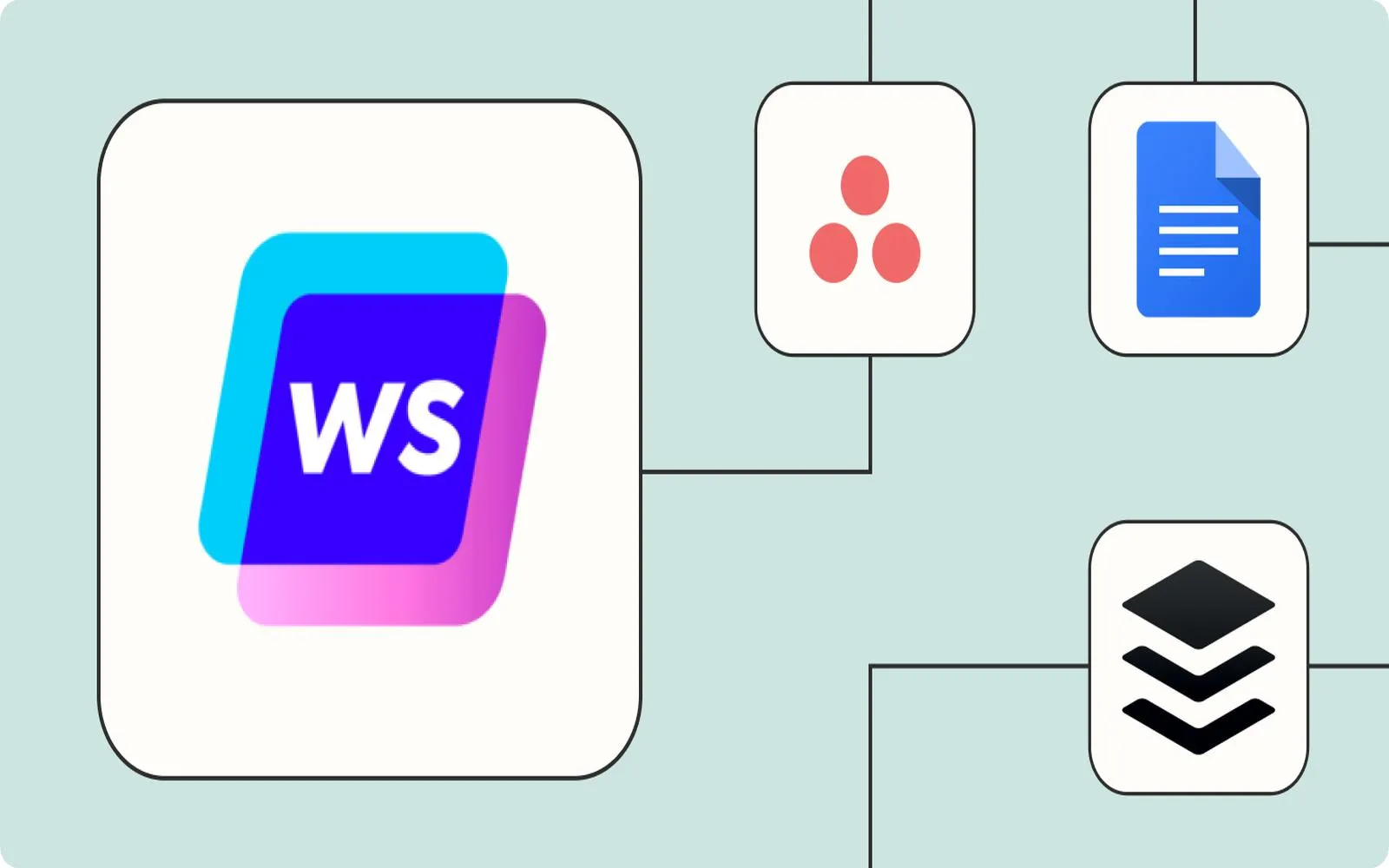In today’s competitive landscape, earning media coverage is crucial for brands looking to enhance their visibility and authority. Data-driven PR is a strategic approach that leverages data to create compelling narratives that attract media attention. By focusing on data, brands can provide journalists with interesting, credible, and newsworthy content that showcases their expertise. Let’s explore how to effectively implement data-driven PR to earn media coverage.
Understanding Data-Driven PR
Data-driven PR involves the use of quantitative and qualitative data to support storytelling efforts. This approach not only provides substance to your pitches but also aligns with the needs of journalists who are constantly looking for credible sources. With the right data, you can create content that resonates with your audience and captures the interest of the media.
Identifying Valuable Data Sources
The first step in a successful data-driven PR campaign is identifying valuable data sources. This includes:
- Surveys and polls
- Industry reports
- Social media analytics
- Website analytics
- Customer feedback
Each of these sources can provide insights that are relevant to your target audience and can be turned into engaging stories. For example, using survey data to uncover consumer trends can lead to articles that highlight shifts in buying behavior, which journalists may find compelling.
Creating Compelling Visuals
To enhance your data-driven PR efforts, consider creating compelling visuals such as charts, infographics, and tables. Visual representations of data can make complex information easier to digest and more appealing to journalists and their audiences. Here’s an example of how you can present data in a table format:
| Year | Percentage Growth in Online Sales | Media Mentions |
|---|---|---|
| 2021 | 25% | 50 |
| 2022 | 40% | 80 |
| 2023 | 55% | 120 |
This table clearly shows the correlation between the growth in online sales and media mentions, making it a useful tool for your PR storytelling.
Crafting Your Story
With the data and visuals in hand, it’s time to craft your story. Here are some tips for creating a compelling narrative:
- Identify the hook: Find the most interesting aspect of your data that will grab the media’s attention.
- Focus on relevance: Tailor your story to the interests of your target audience and the media outlets you are pitching to.
- Incorporate quotes: Using quotes from industry experts or company leaders can add credibility and depth to your story.
- Include a call to action: Encourage readers to engage with your brand or learn more about your findings.
By emphasizing these elements, your data-driven content will be more likely to resonate with journalists and increase your chances of media coverage.
Utilizing SEO Best Practices
To maximize the reach of your data-driven PR content, it’s essential to apply SEO best practices. Start by identifying relevant keywords related to your topic, such as referrerAdCreative, and incorporate them naturally into your article. Additionally, consider the following:
- Optimize headlines: Use captivating headlines that include your target keywords.
- Meta descriptions: Write concise meta descriptions that summarize your content and include relevant keywords.
- Internal linking: Link to other relevant content on your website to improve SEO and provide additional value to readers.
By optimizing your content for search engines, you increase the likelihood of it being discovered by journalists and potential customers alike.
Building Relationships with Journalists
Media coverage is not just about sending out press releases; it’s also about building relationships with journalists. Establishing trust and rapport can lead to more opportunities for coverage. Here are some tips for nurturing these relationships:
- Personalize your outreach: Take the time to understand each journalist’s interests and tailor your pitches accordingly.
- Follow them on social media: Engage with their content by liking, sharing, or commenting on their posts.
- Offer exclusive insights: Provide journalists with exclusive access to your data or reports, which can lead to unique stories.
Building relationships takes time, but it can pay off significantly in terms of media coverage and brand visibility.
Measuring Success
After implementing your data-driven PR strategy, measuring its success is crucial. Track metrics such as:
- Media mentions
- Website traffic
- Social media engagement
- Lead generation
By analyzing these metrics, you can refine your approach and improve future campaigns.
Conclusion
Data-driven PR is a powerful tool for brands looking to earn media coverage. By leveraging valuable data, creating compelling visuals, crafting engaging stories, optimizing for SEO, and building relationships with journalists, you can significantly enhance your chances of getting noticed. Remember that consistency and persistence are key in the world of PR. Implement these strategies, and watch your brand’s visibility soar.





